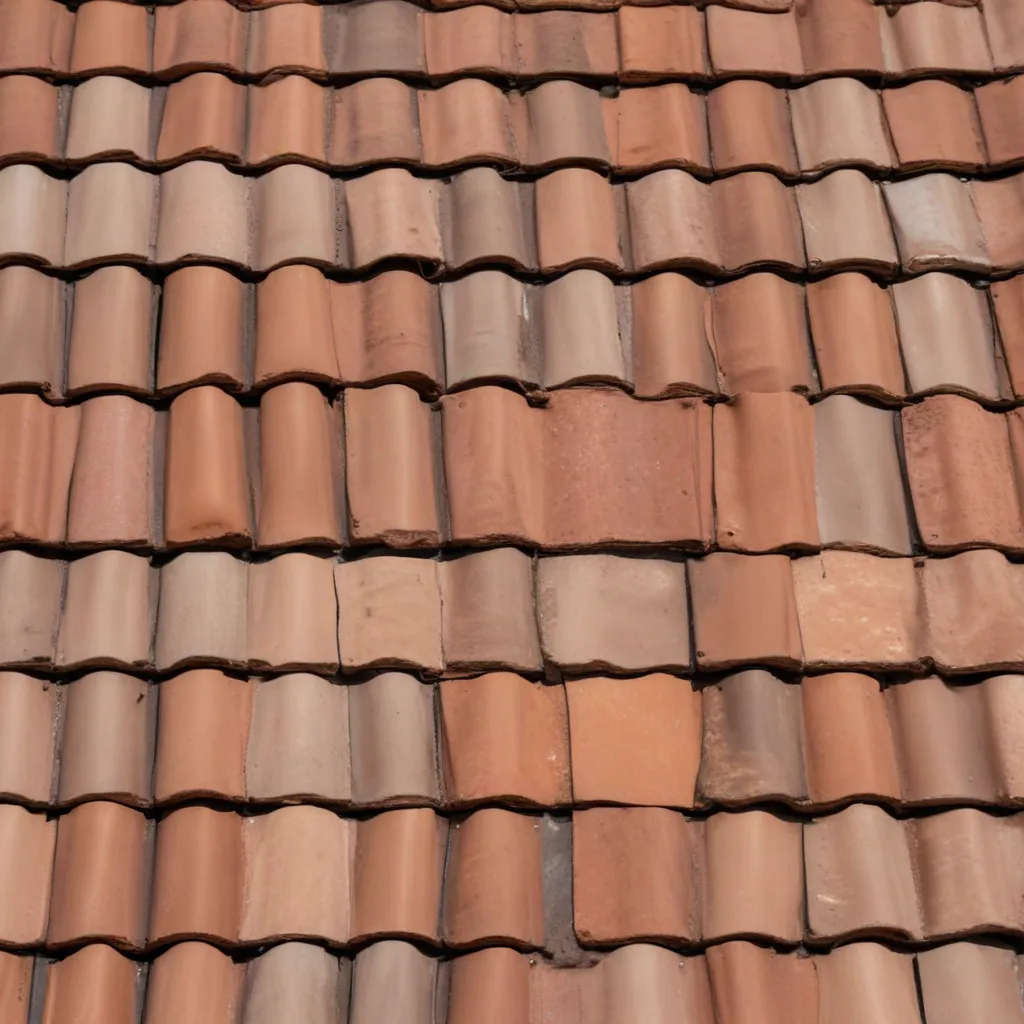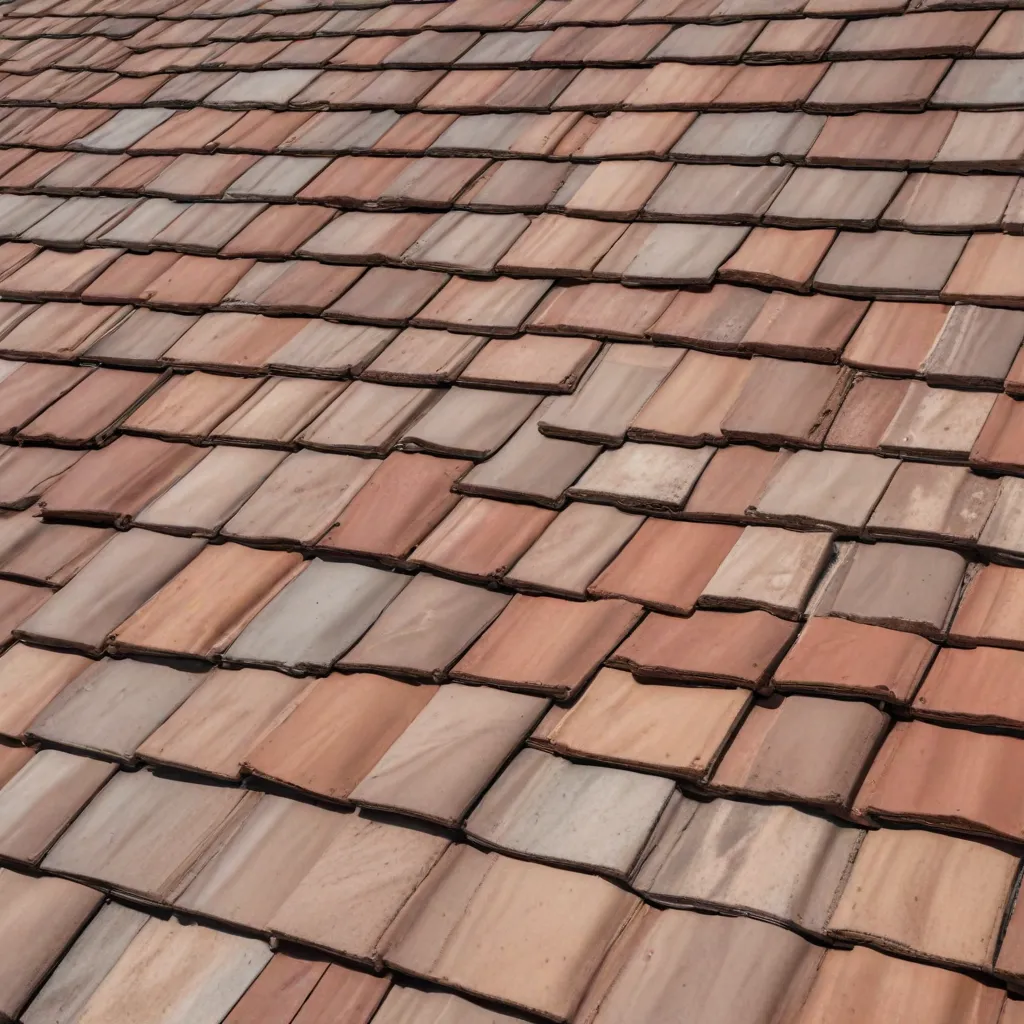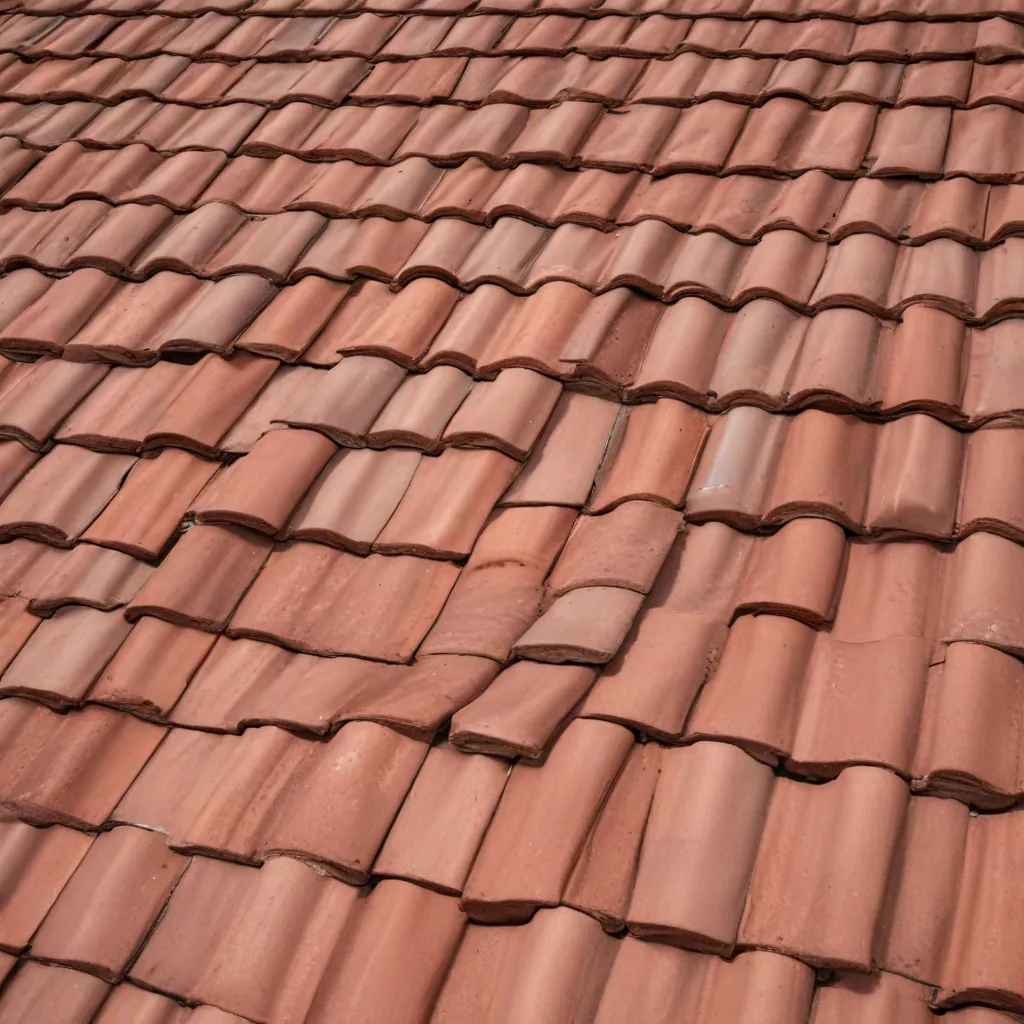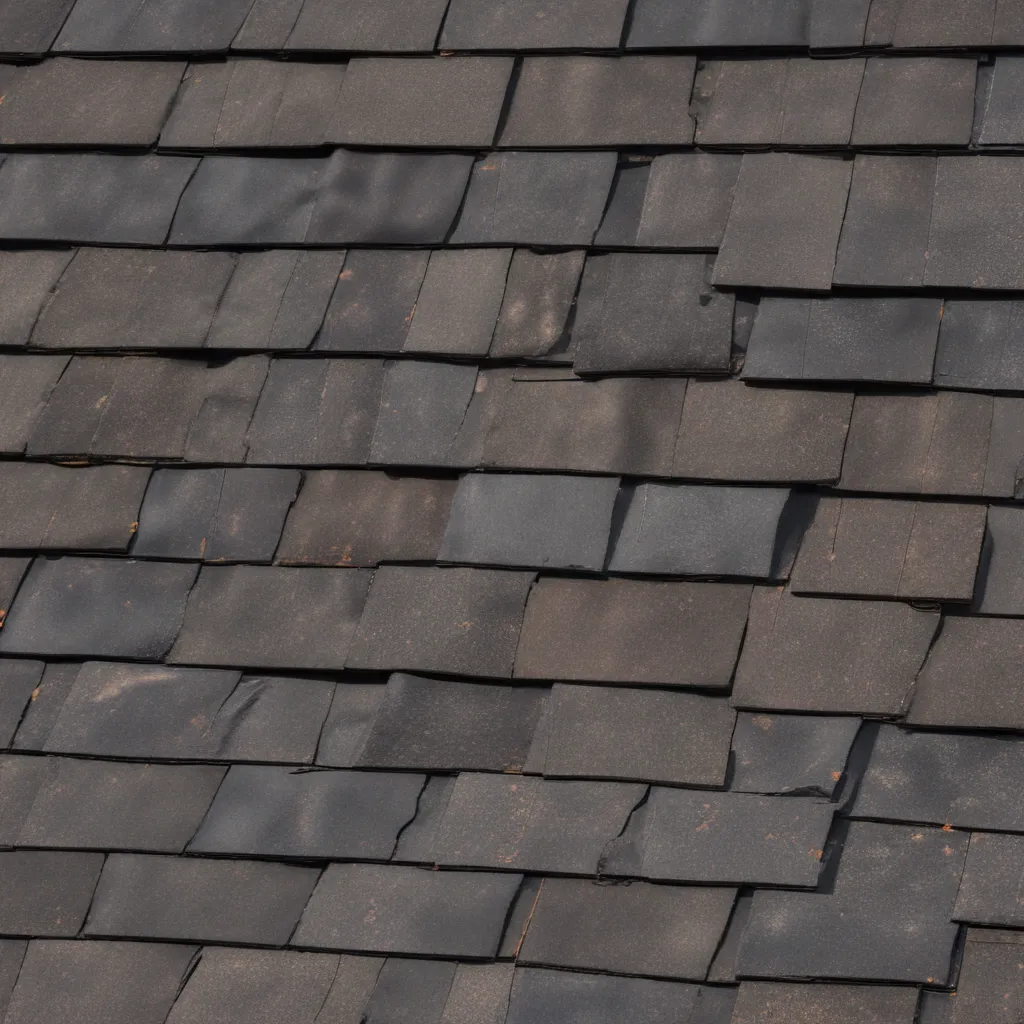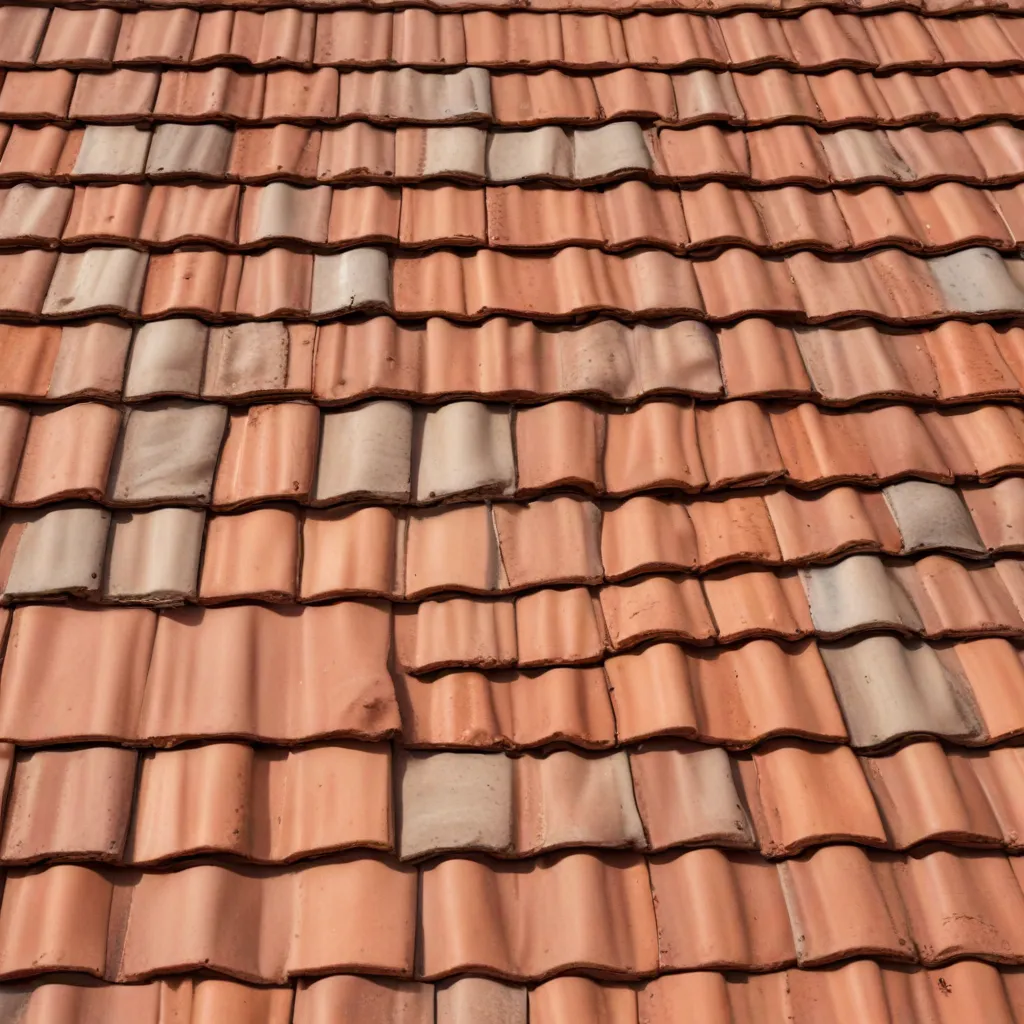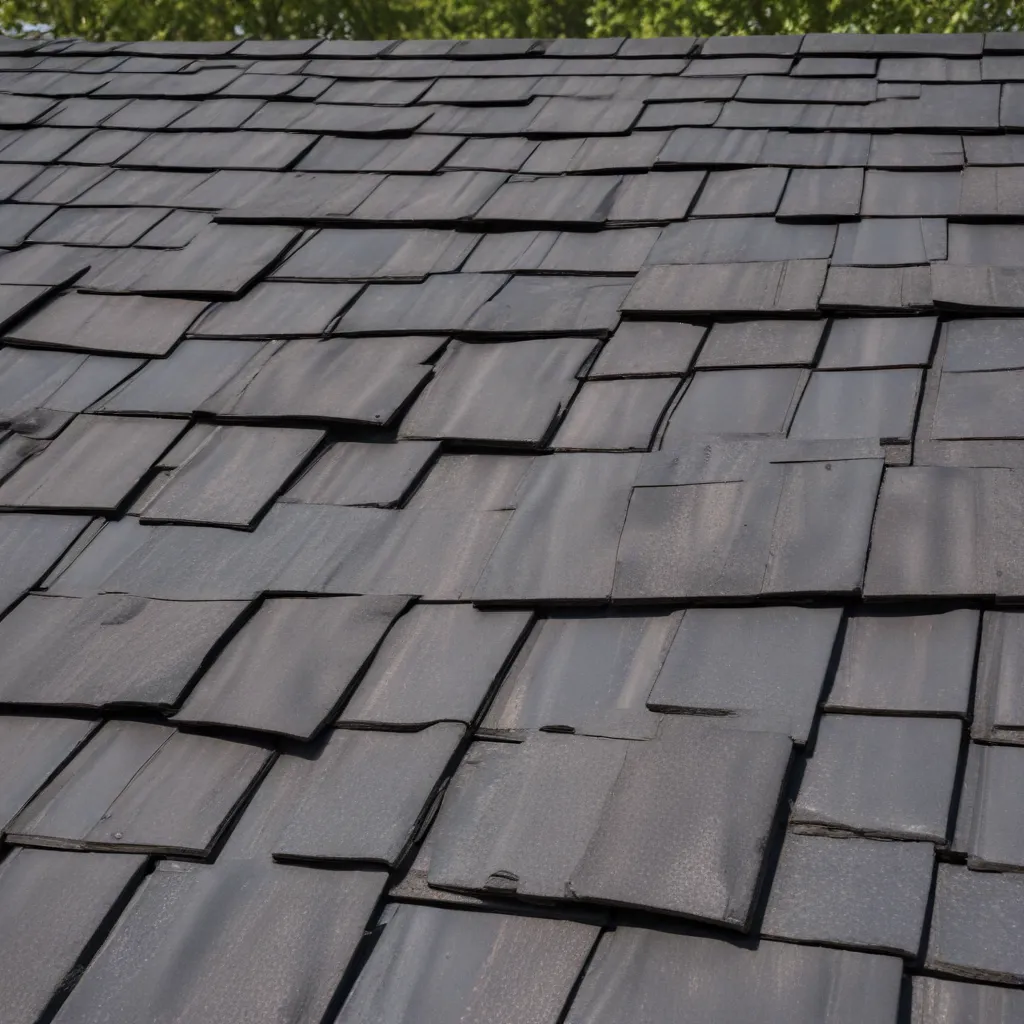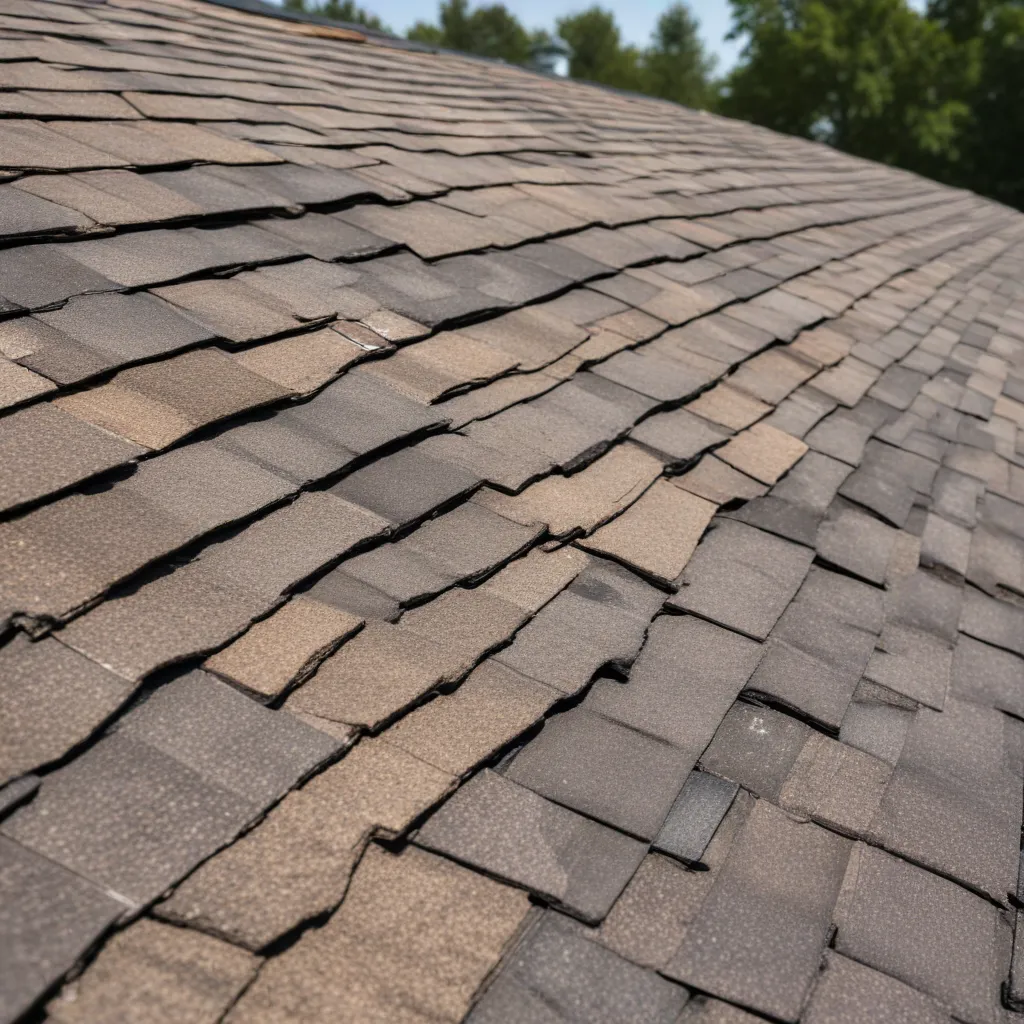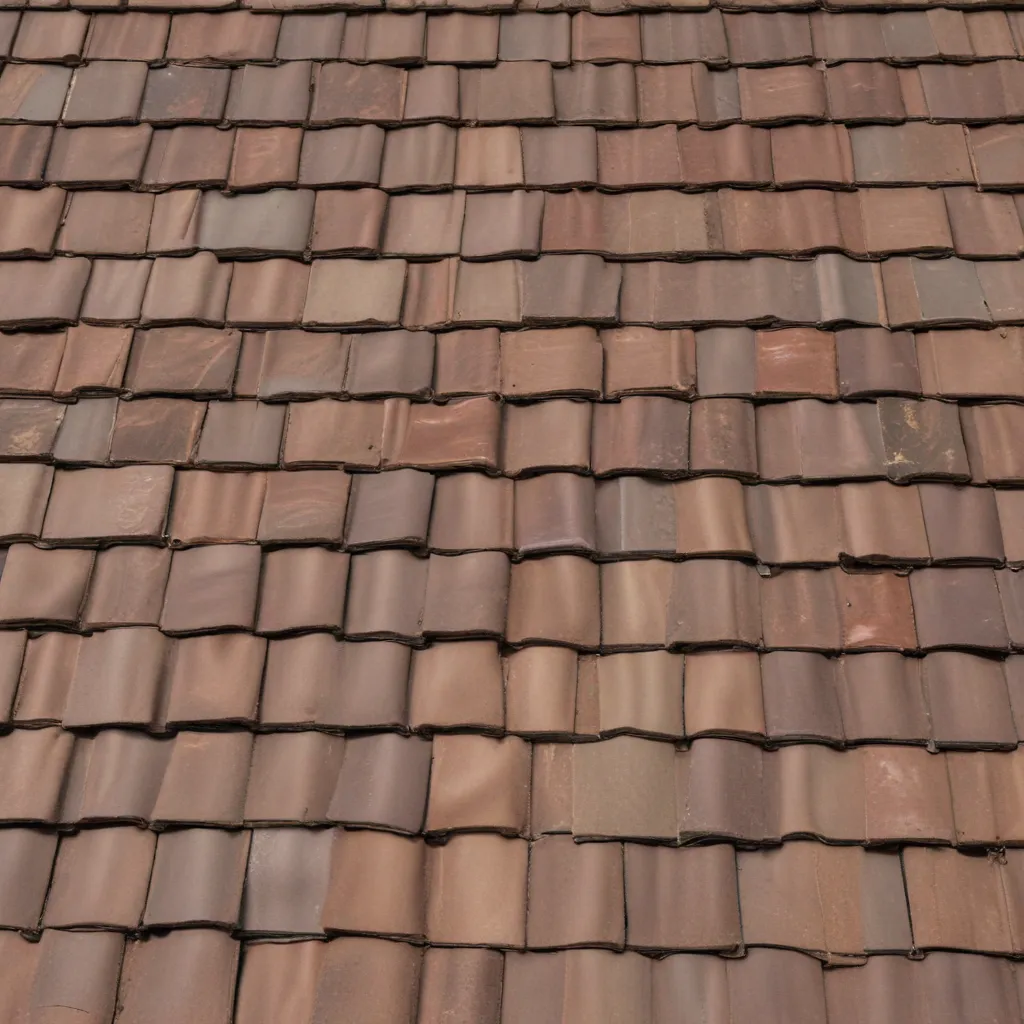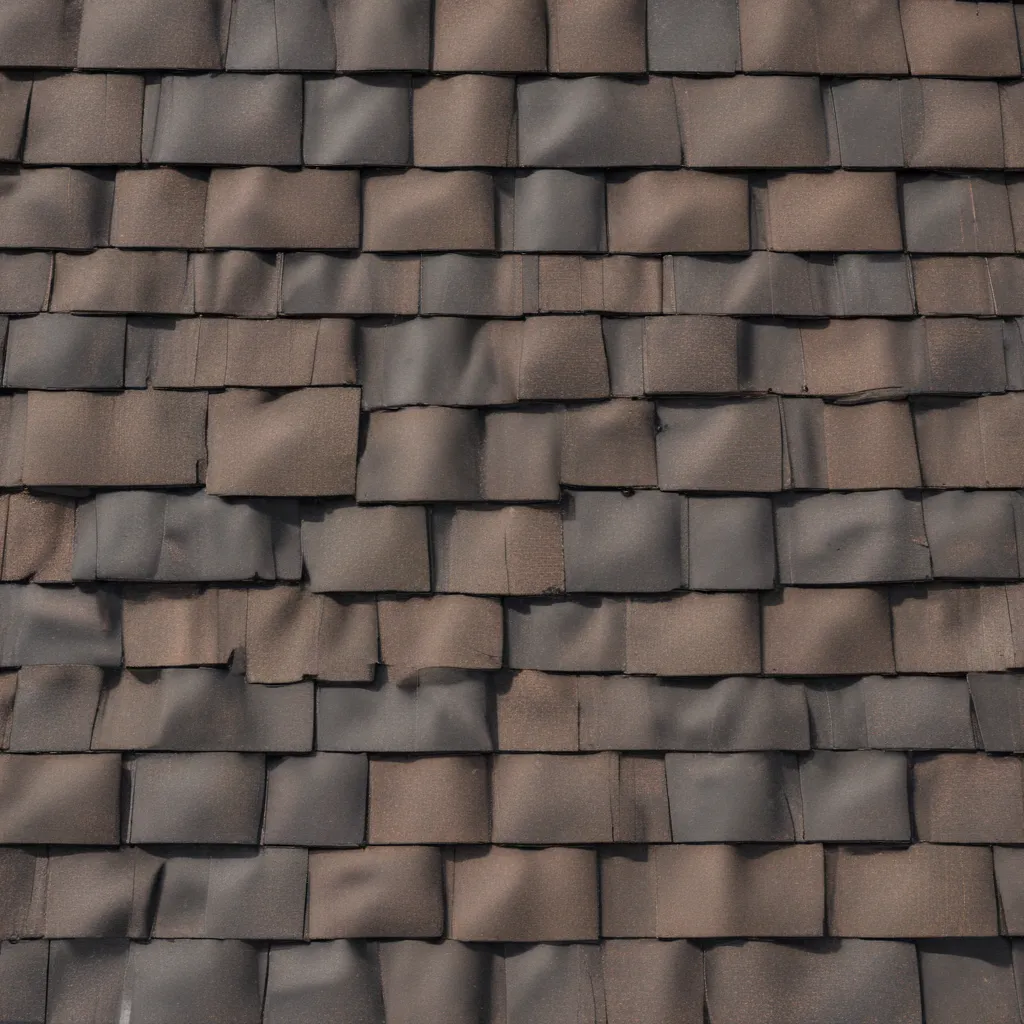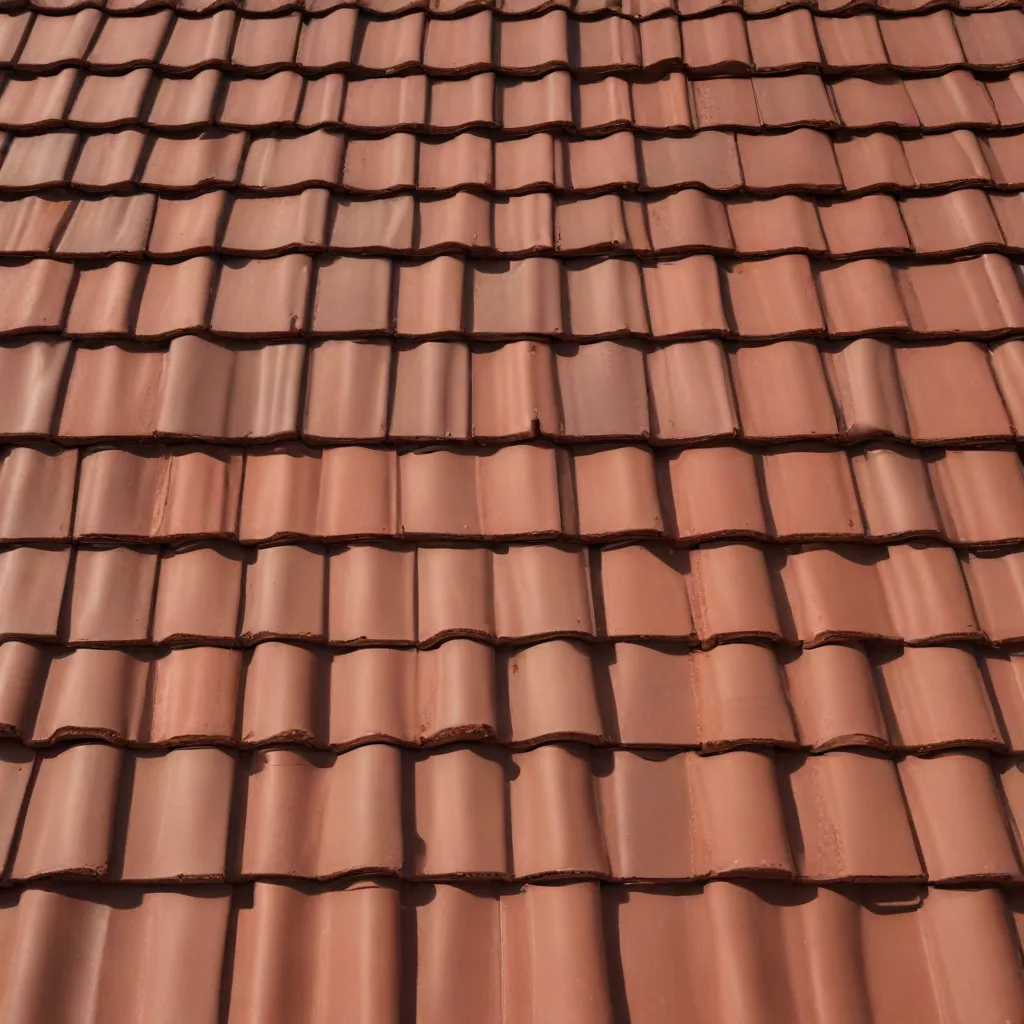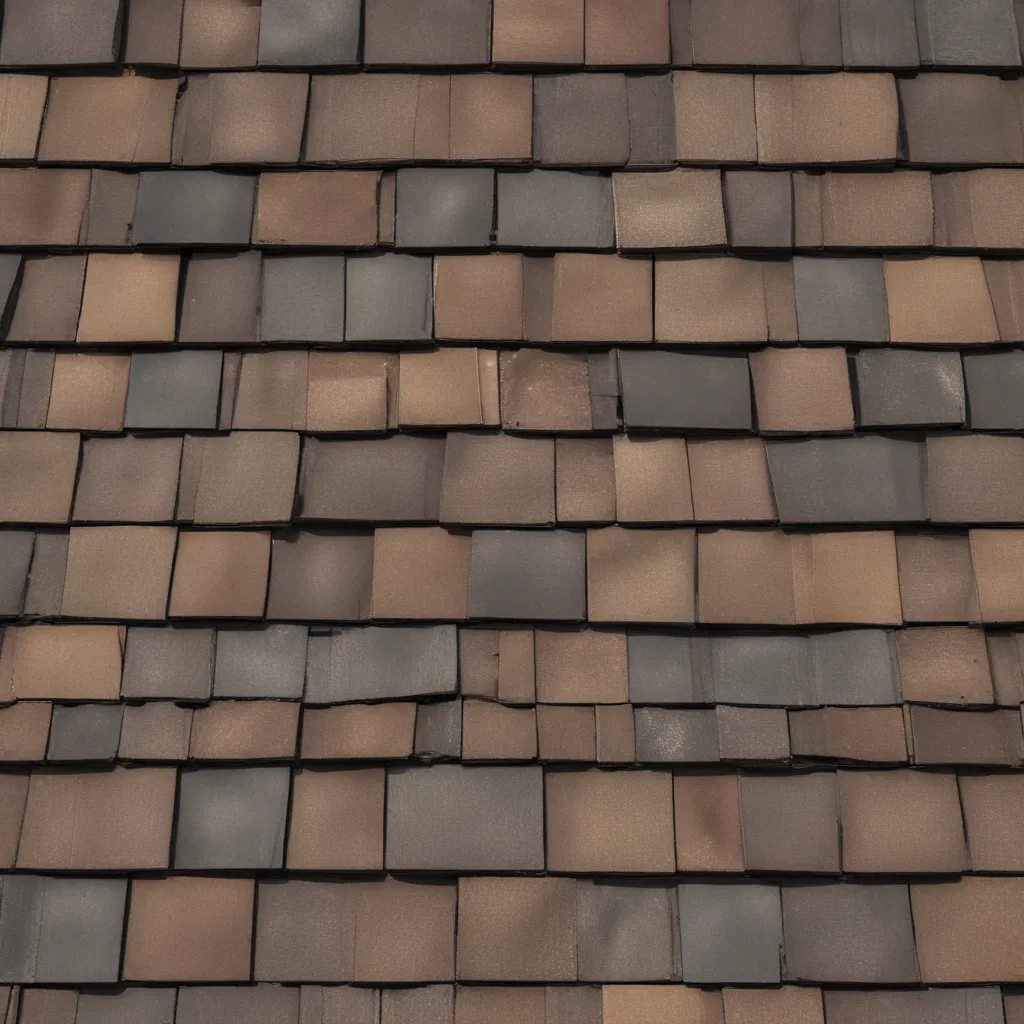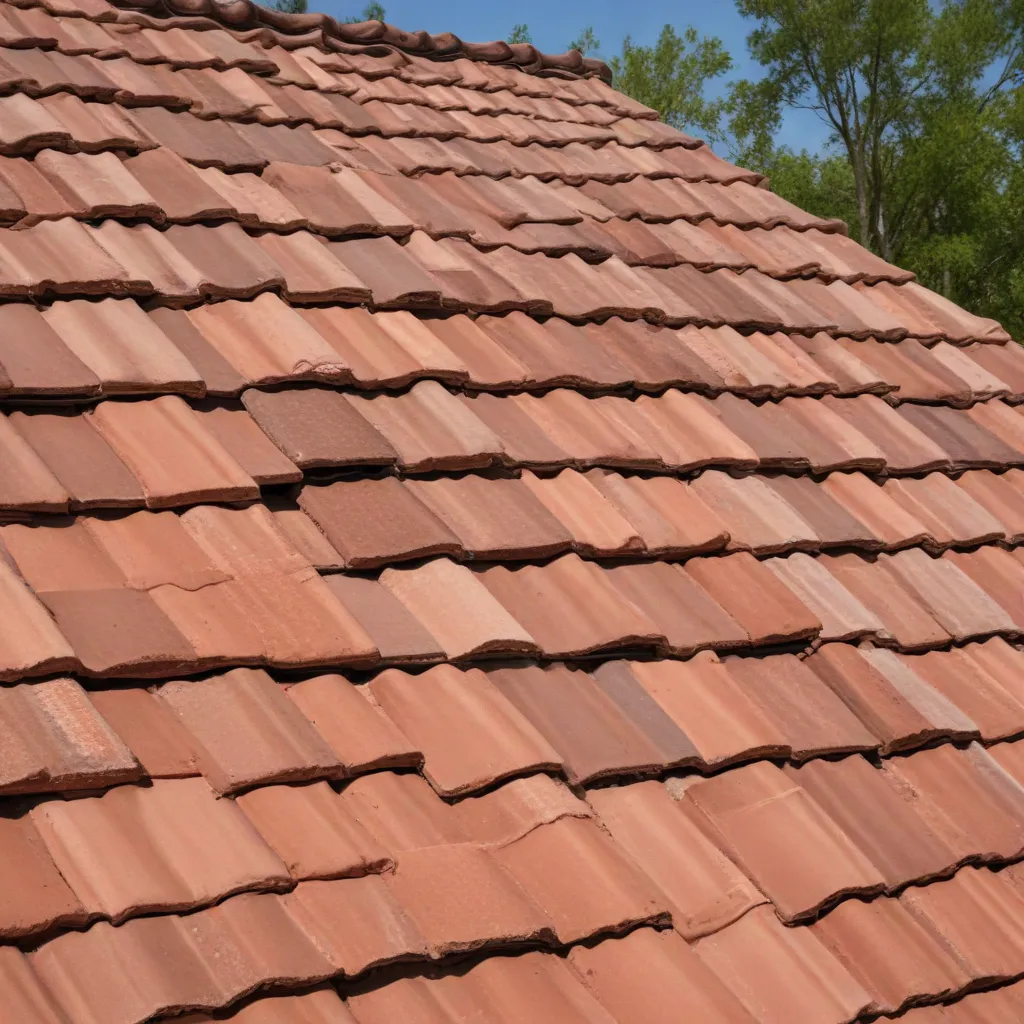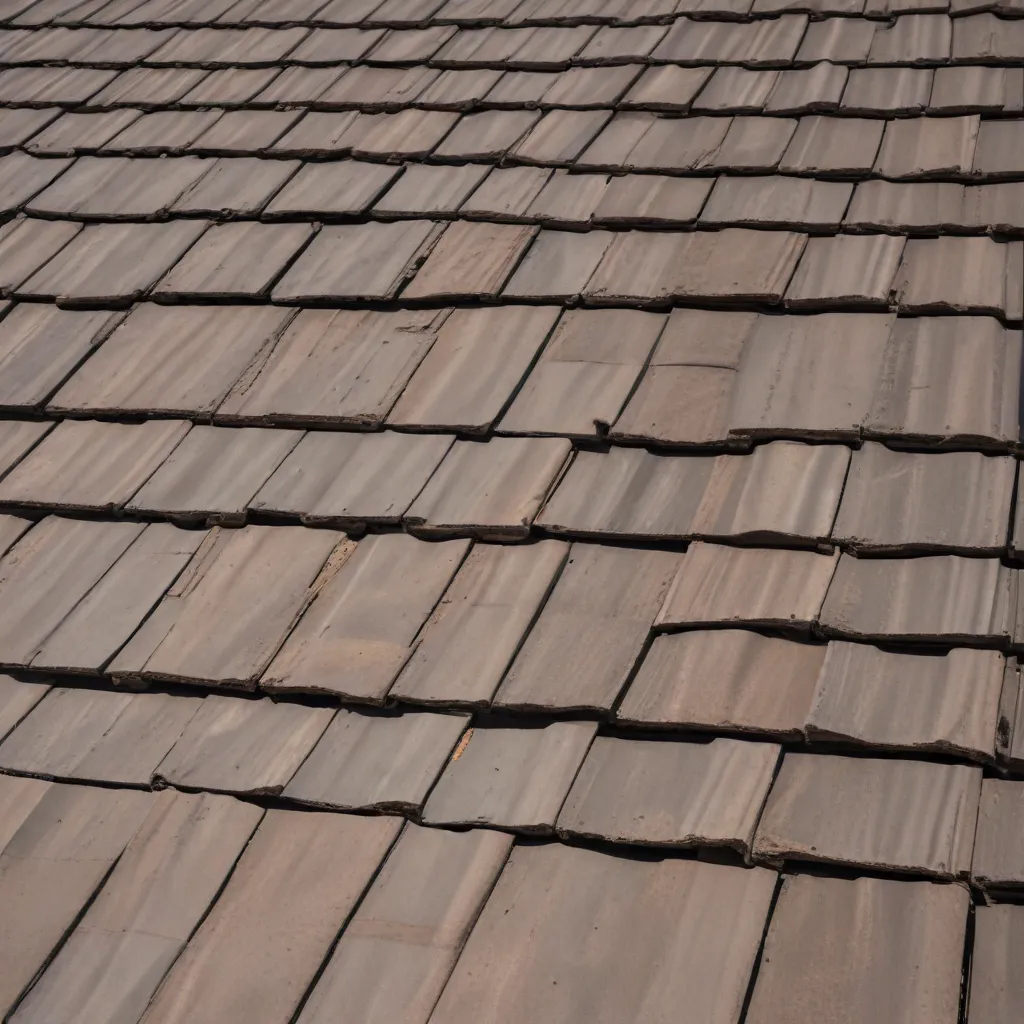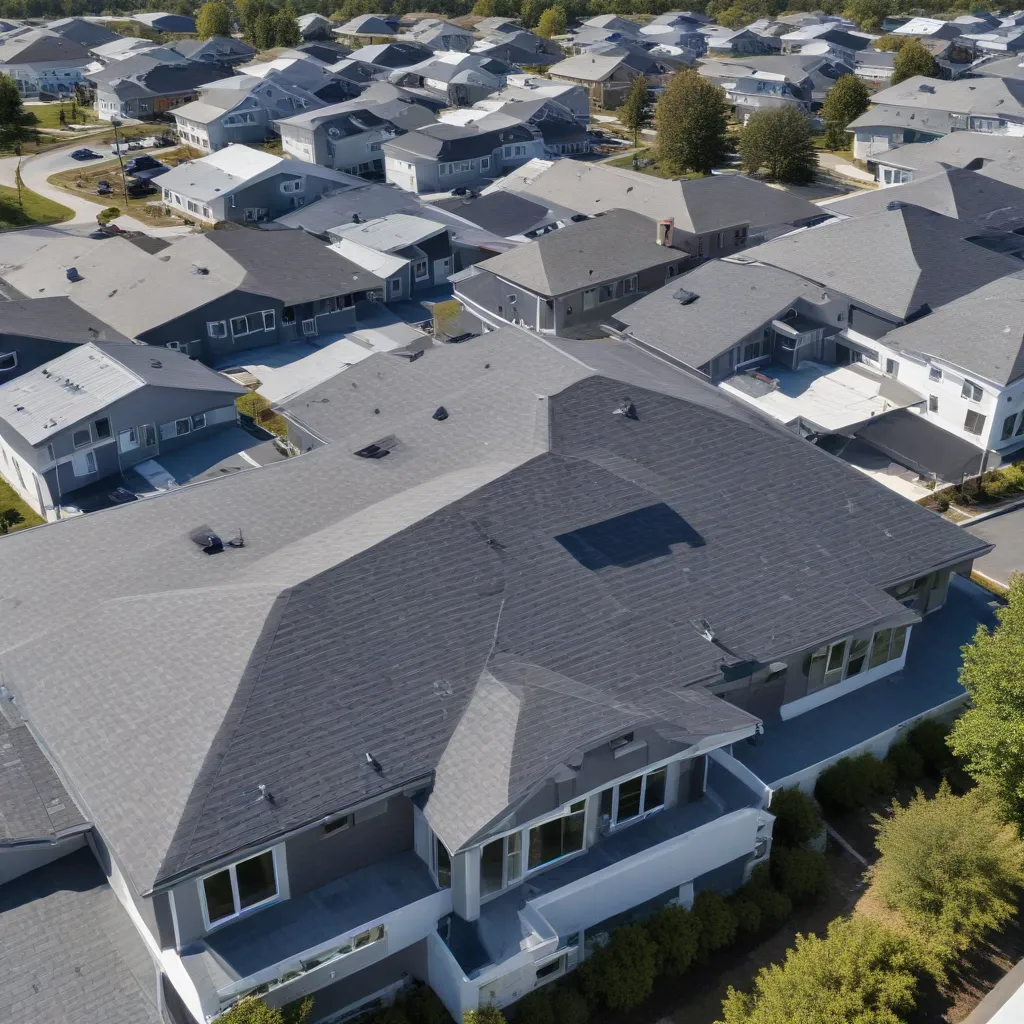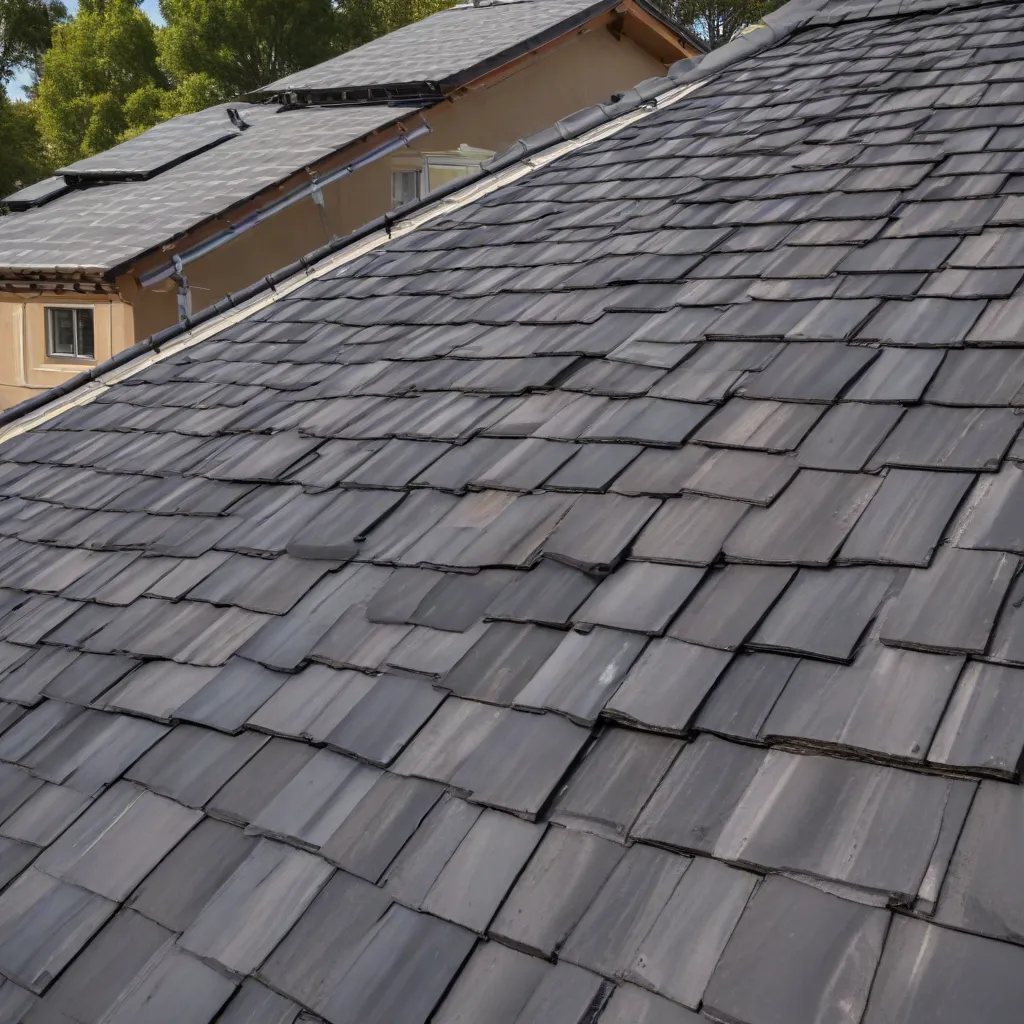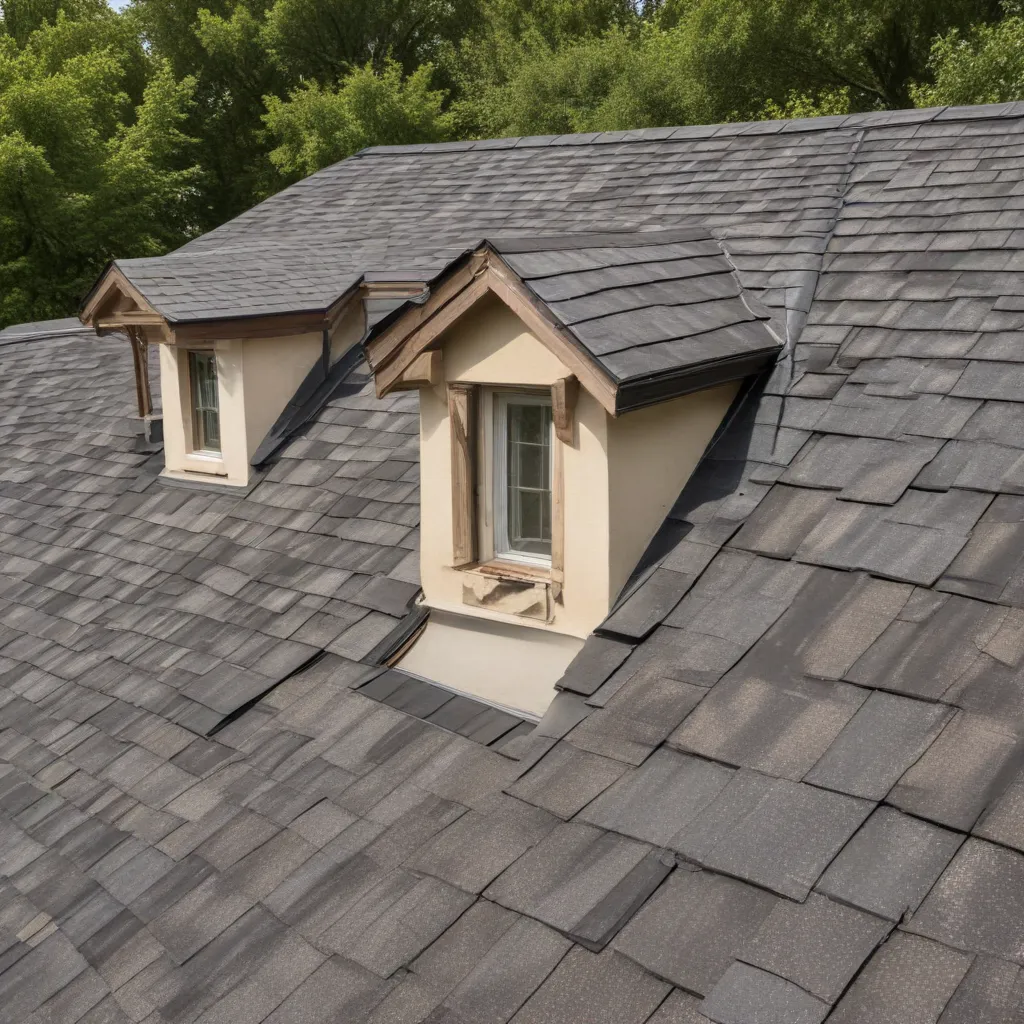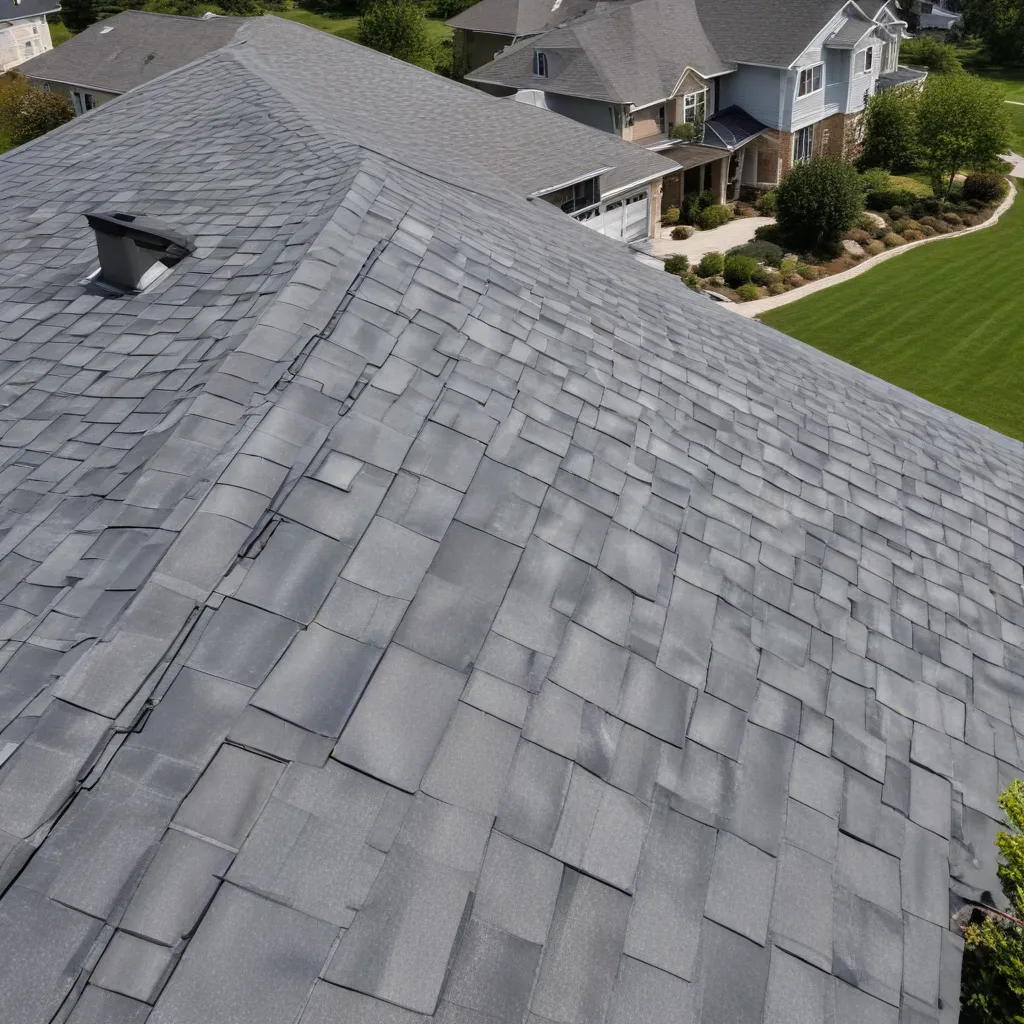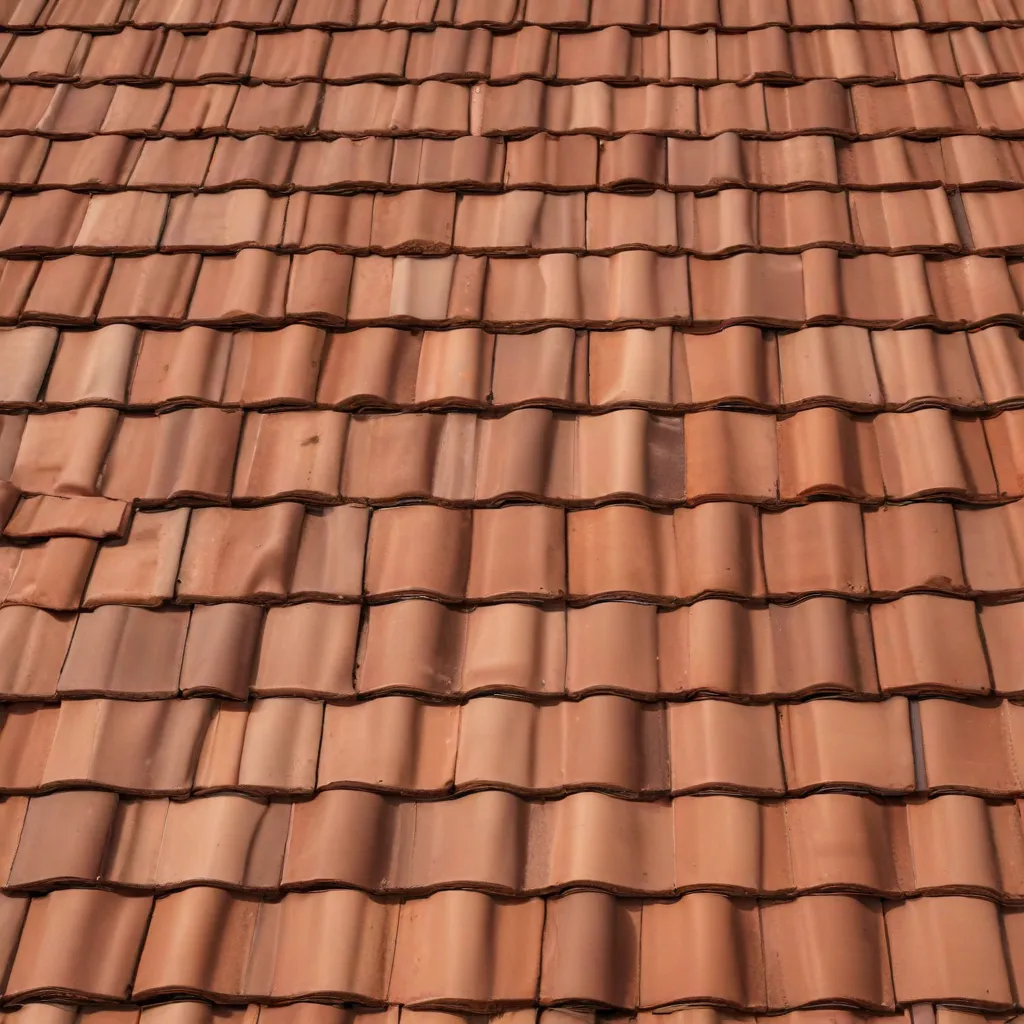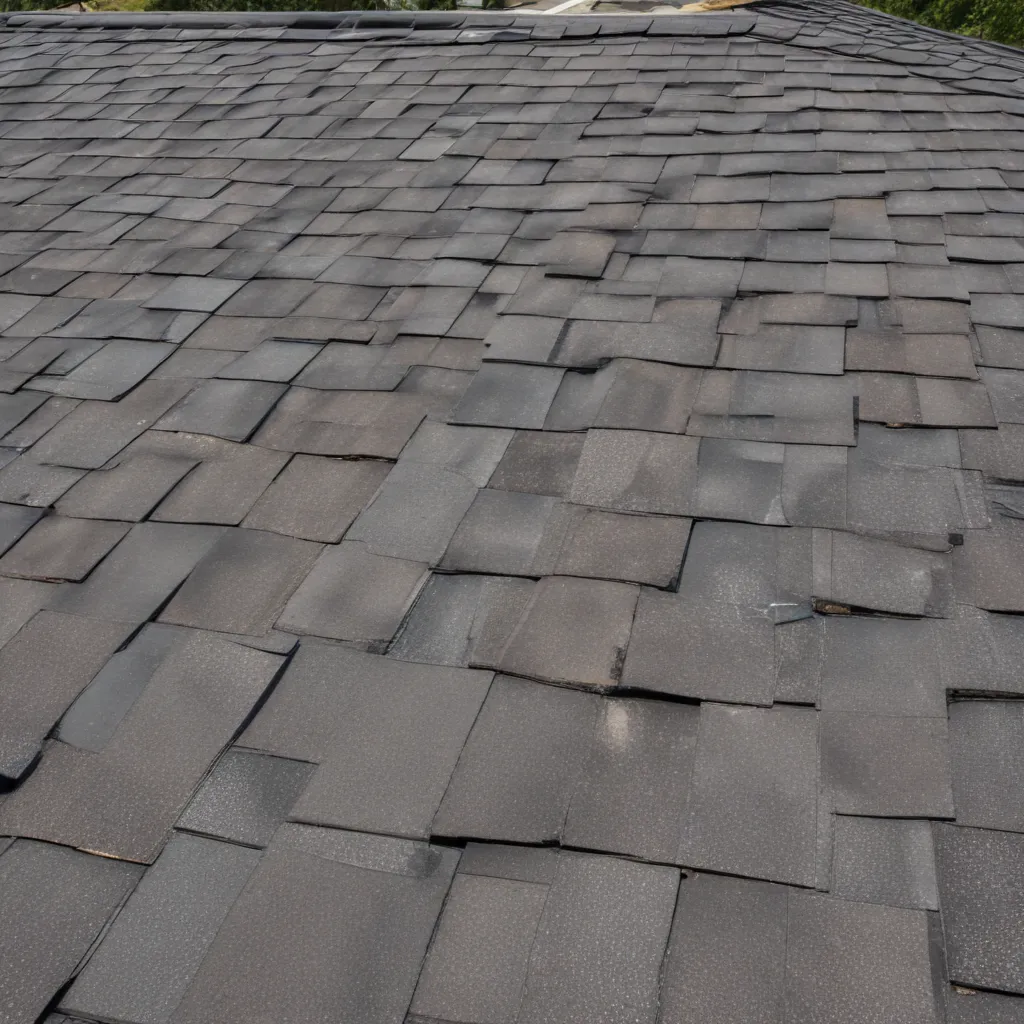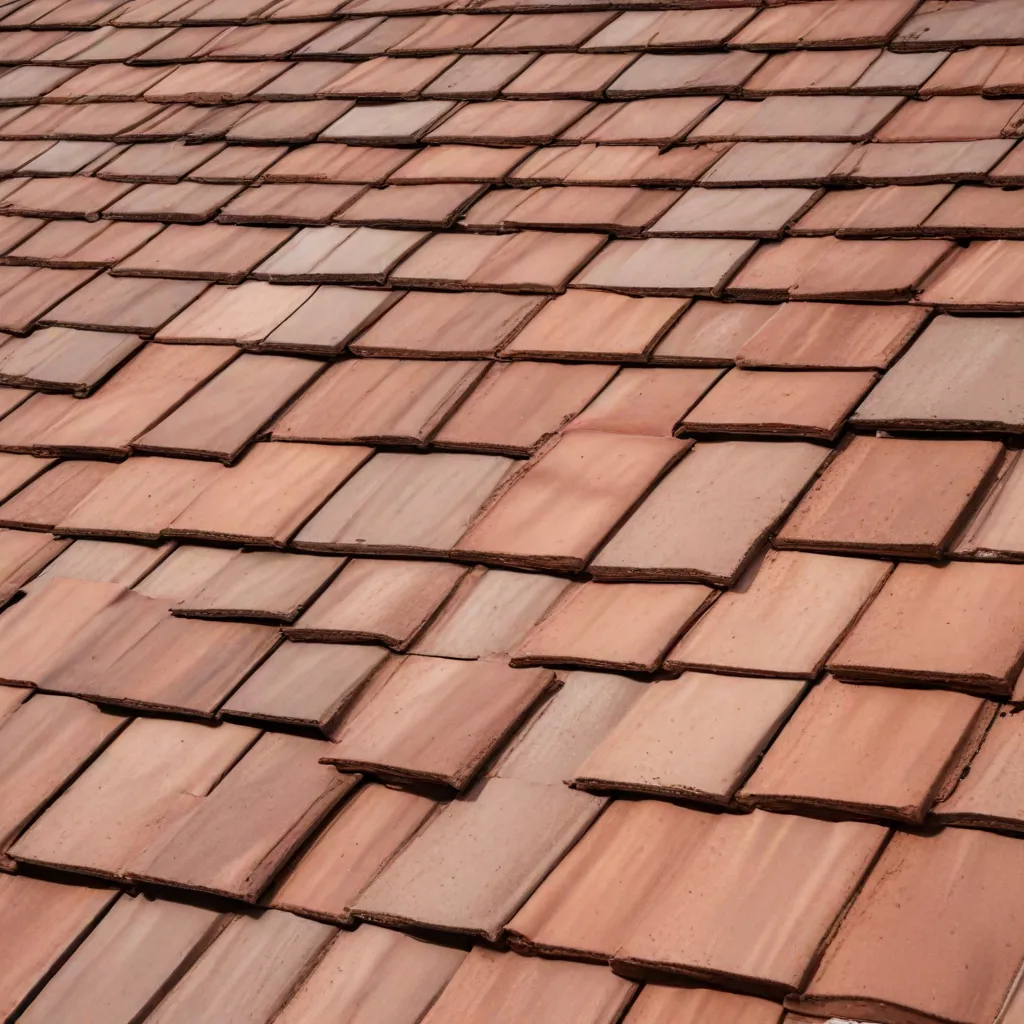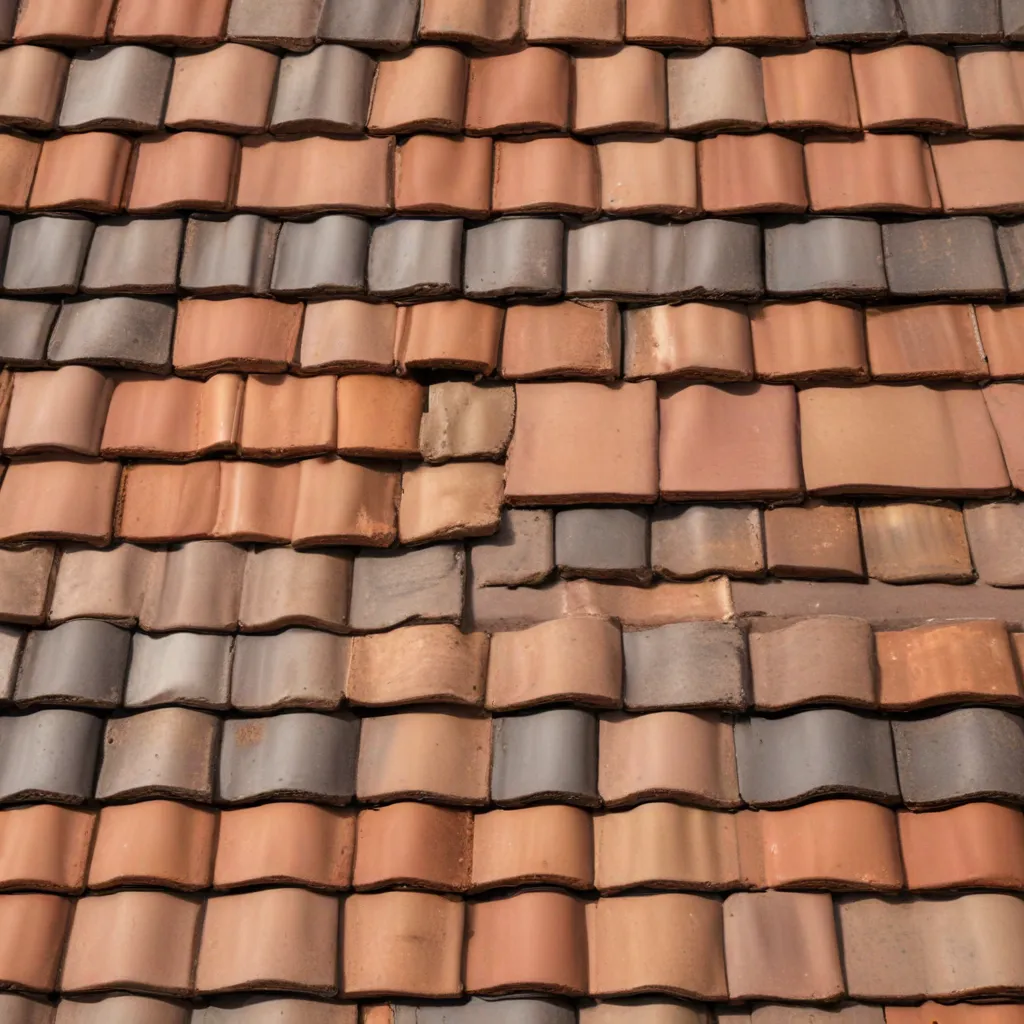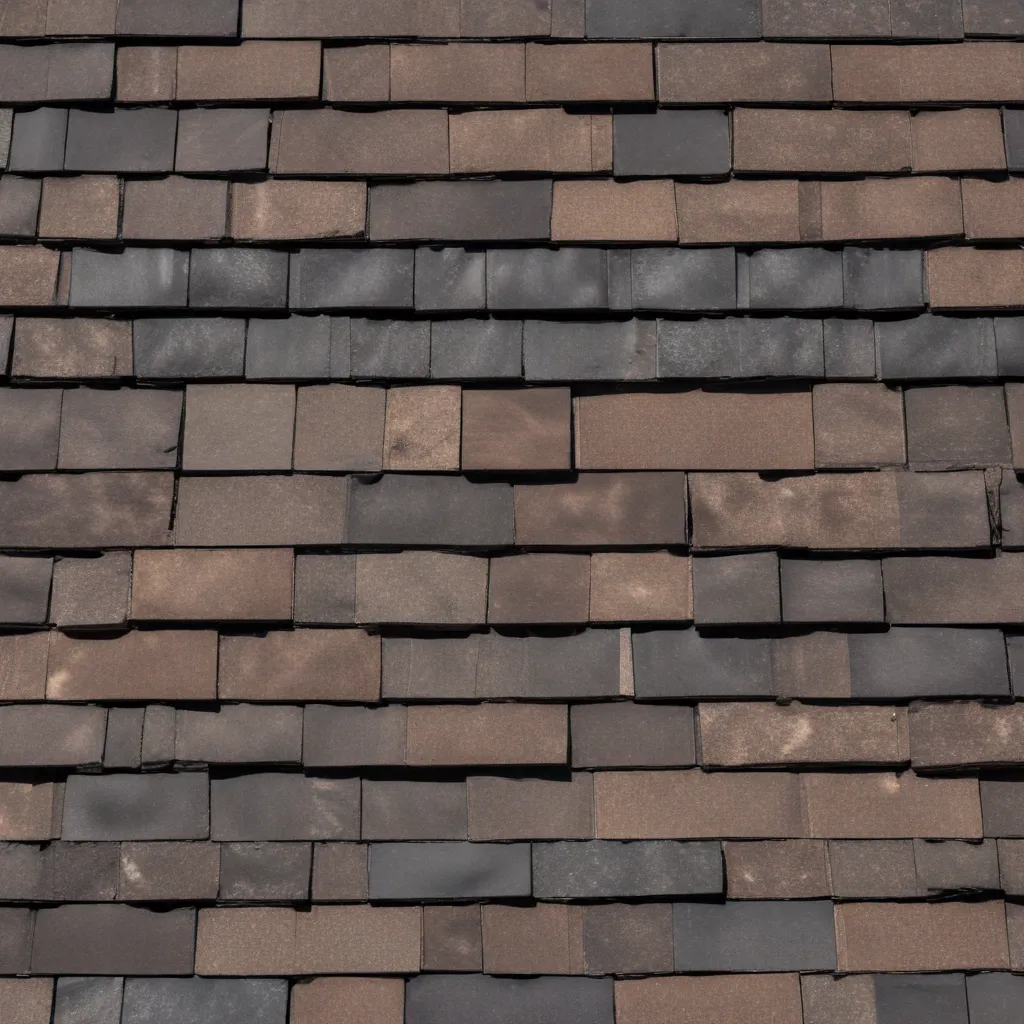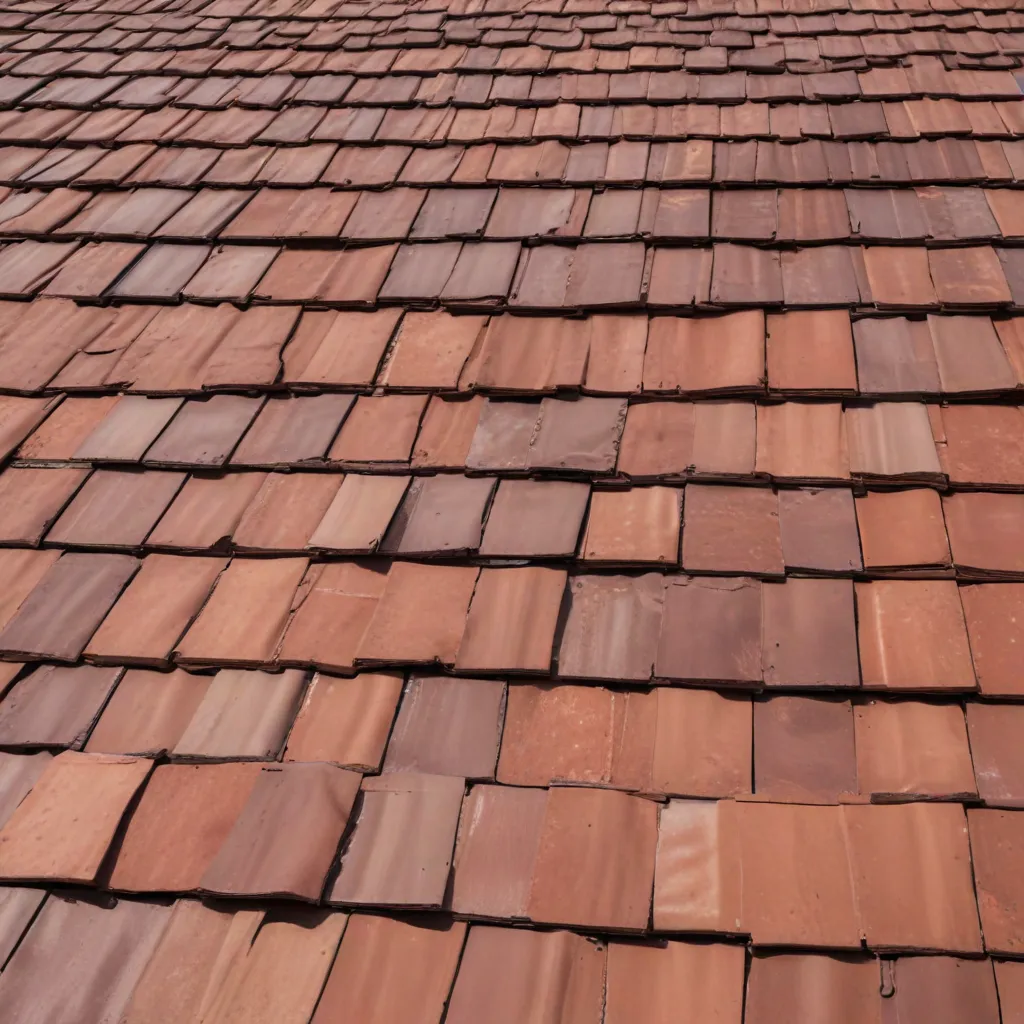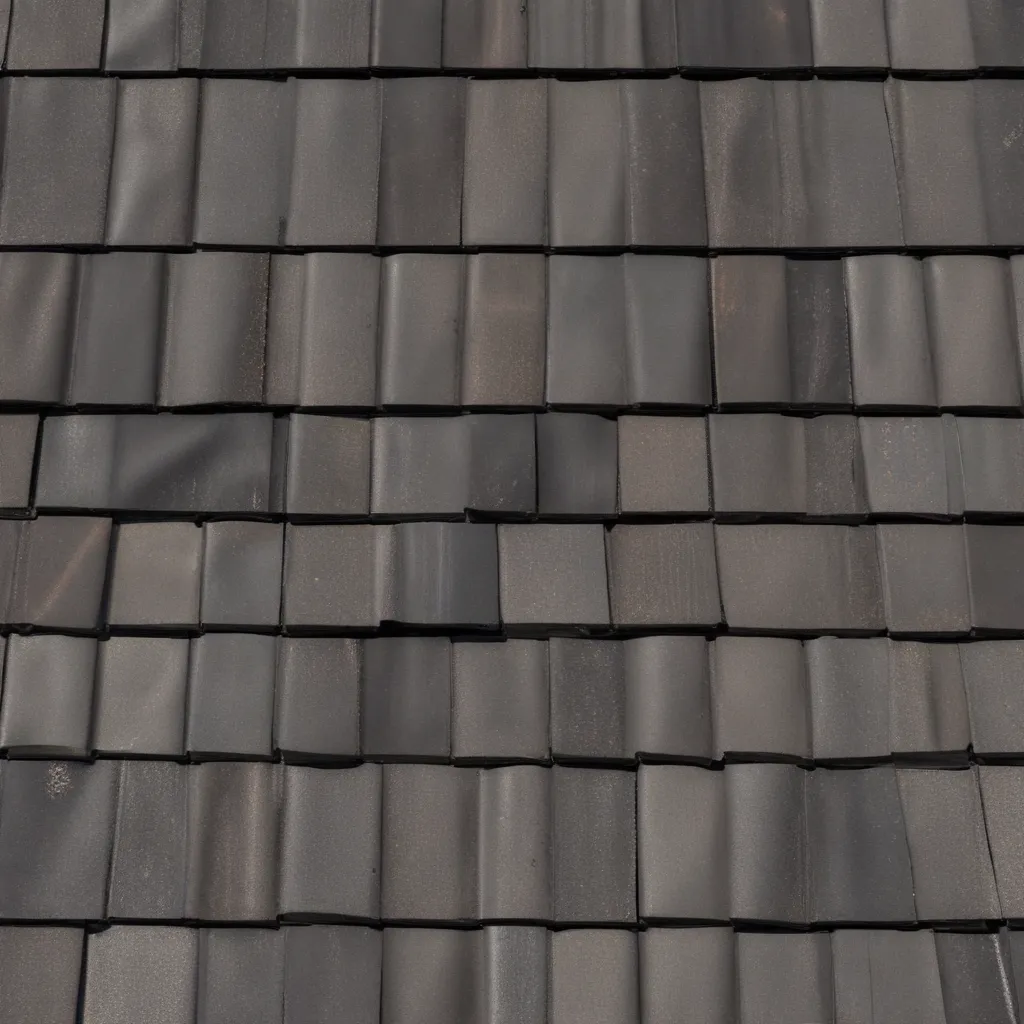
In the ever-evolving world of roofing, one material has emerged as a game-changer: composite roofing. Blending advanced materials and cutting-edge manufacturing processes, composite roofing systems offer a sustainable, high-performance alternative to traditional options. As a leading provider of genuine roofing solutions, Genuine Roof Systems is excited to explore the benefits and insights of this innovative approach.
Composition Overview
Composite roofing materials are engineered to combine the best attributes of various roofing components. At their core, they typically consist of a fiberglass mat or reinforcing mesh, which provides structural integrity. This matrix is then infused with a polymer-based resin, such as thermoplastic or thermoset, to create a durable and weather-resistant shell.
The manufacturing process for composite roofing can vary, but often involves compression molding or extrusion, where the raw materials are heated, shaped, and cooled to form the desired roofing tiles, shingles, or panels. This allows for precise control over the material composition, surface textures, and overall aesthetic.
Sustainability Considerations
One of the primary advantages of composite roofing is its exceptional sustainability profile. Unlike traditional materials like asphalt or clay, which can have a significant environmental impact during extraction and production, composite roofing leverages recycled or renewable resources.
The fiberglass reinforcement can be derived from post-consumer glass or other sustainable sources, reducing the demand for virgin raw materials. Additionally, the polymer resins used in the manufacturing process can be formulated to incorporate recycled plastics, further enhancing the circular economy of these roofing systems.
Moreover, composite roofing products are designed for longevity, with many offering warranties spanning 50 years or more. This extended lifespan minimizes the need for frequent replacement, reducing waste and the overall environmental footprint of the roofing system over its lifetime.
Roofing Performance
Composite roofing excels in several key performance areas, making it a compelling choice for homeowners and building professionals alike.
Durability and Longevity
One of the standout features of composite roofing is its remarkable weather resistance. These materials are engineered to withstand the elements, including heavy rain, hail, and even high winds. The impact-resistant nature of composites helps protect the roof and the underlying structure, providing added safety and security for occupants.
In terms of structural integrity, composite roofing systems are designed to be exceptionally durable and long-lasting. The combination of reinforced fiberglass and polymer resins creates a roof that is resistant to cracking, warping, or deterioration over time, ensuring a reliable and low-maintenance solution.
Energy Efficiency
Composite roofing materials can also contribute significantly to a building’s energy efficiency. Many composite products are formulated with high solar reflectance and thermal emittance properties, which help reduce the amount of heat absorbed by the roof. This, in turn, can lead to lower cooling costs and improved indoor comfort, especially in warm climates.
Additionally, the integration of ventilation systems into some composite roofing designs can further enhance energy efficiency by promoting airflow and reducing heat buildup in the attic or under-roof spaces. This synergistic approach to energy-efficient design can provide measurable savings on utility bills and reduce the overall environmental impact of the building.
Installation and Maintenance
One of the key advantages of composite roofing is its accessibility and ease of use during the installation process. The lightweight nature of these materials, compared to traditional roofing such as clay or concrete tiles, can simplify the installation process and reduce the need for specialized equipment or extensive structural reinforcement.
Composite roofing systems often feature interlocking or snap-together designs, allowing for quick and efficient installation by trained roofing professionals. Additionally, the modular nature of these products can facilitate easier repair and replacement of individual panels or tiles, should the need arise.
Regarding maintenance, composite roofing generally requires less hands-on attention than other roofing types. Periodic cleaning to remove debris or discoloration is typically all that’s needed to keep the roof in optimal condition. The durability and weather resistance of composites also help minimize the need for frequent repairs or replacements, further reducing the long-term maintenance burden.
Market Trends and Adoption
The growing popularity of composite roofing is evident across both the residential and commercial/industrial sectors. As homeowners and building owners seek more sustainable, low-maintenance, and visually appealing roofing solutions, composite materials have steadily gained traction in the market.
Industry Adoption
In the residential market, composite roofing has found a strong foothold, especially in regions prone to extreme weather events. Homeowners seeking durable and storm-resistant roofing systems have embraced the benefits of composite shingles and tiles, which can withstand the impact of hail, high winds, and even wildfire embers.
The commercial and industrial sectors have also recognized the advantages of composite roofing. Large-scale buildings, warehouses, and even agricultural structures have increasingly incorporated these materials, leveraging their longevity, energy efficiency, and aesthetic versatility to enhance the overall performance and appeal of their facilities.
Consumer Preferences
Beyond the functional attributes, consumers have also been drawn to the aesthetic possibilities of composite roofing. Manufacturers have developed a diverse range of color and texture options, allowing homeowners and building owners to closely match the desired architectural style or personal preferences.
Furthermore, the cost-benefit analysis of composite roofing has become increasingly favorable. While the initial investment may be slightly higher than some traditional roofing materials, the long-term savings in energy costs, maintenance, and potential insurance discounts can make composite roofing a prudent choice for many property owners.
As the roofing industry continues to evolve, composite materials are poised to play a pivotal role in providing a sustainable, high-performing, and visually appealing solution for both residential and commercial applications. Genuine Roof Systems is proud to offer these innovative products, empowering homeowners and building professionals to make informed decisions that prioritize longevity, energy efficiency, and environmental responsibility.

